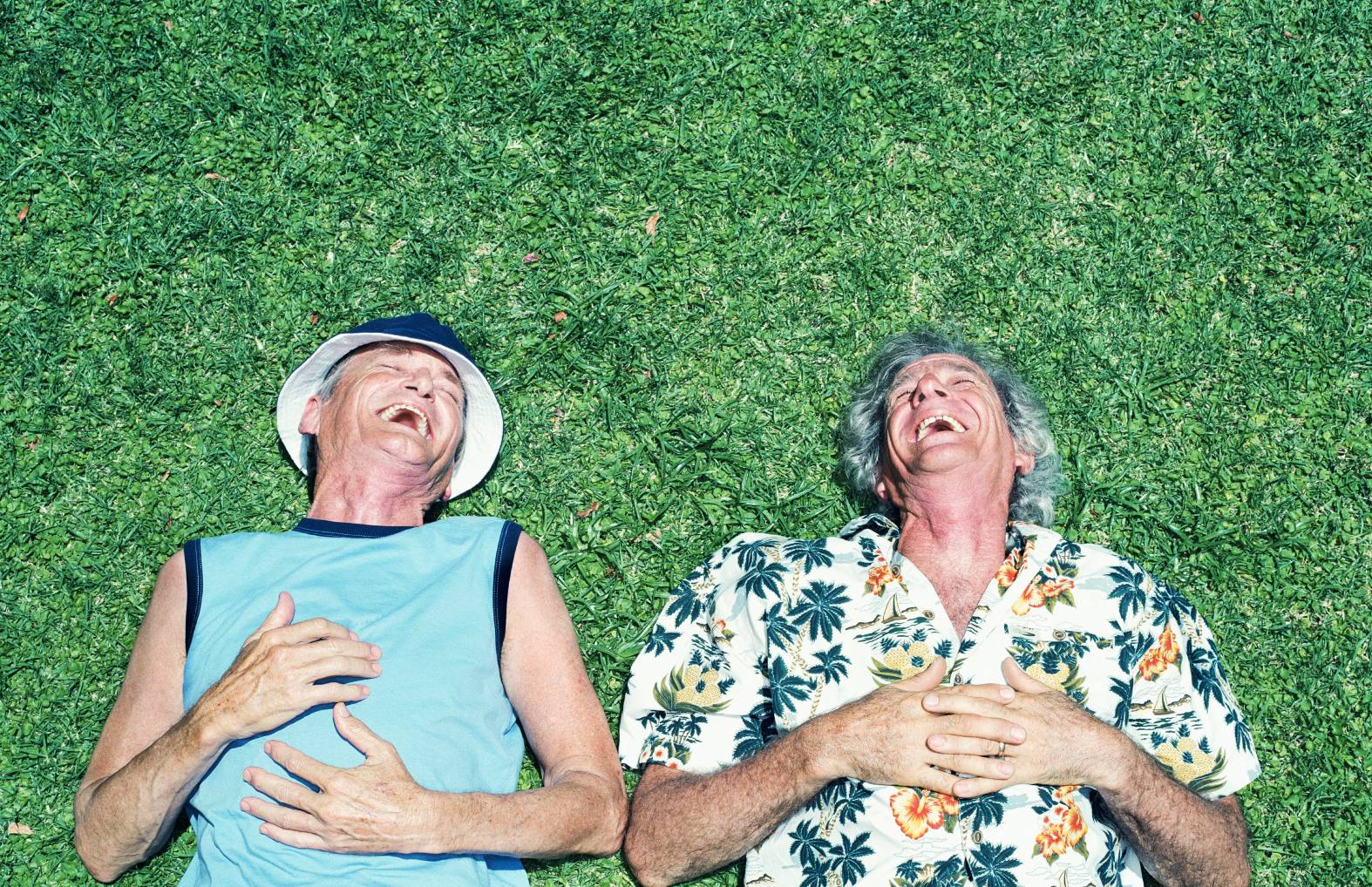What is Vestibular Therapy in Short-term Rehabilitation?

Balance is vital for preventing falls. Just consider these facts from the Center for Disease Control and Prevention regarding older adults and falls.
- One out of 10 falls results in an injury that causes older adults to restrict their activities for a day or more or to seek attention from the healthcare system.
- Each year, there are about three million emergency department visits due to falls, and one million fall-related hospitalizations.
- In 2019, 88% of emergency department visits and hospitalizations for hip fractures were caused by falls.
- Each year, nearly 319,000 people are hospitalized for hip fractures.
- Falls are the most common cause of traumatic brain injuries.
If you suffer from dizziness, your doctor may prescribe rehabilitation using vestibular therapy.
What is Vestibular Therapy?
Vestibular rehabilitation (VR) is a specialized form of therapy that uses an exercise-based program designed to reduce vertigo and dizziness, gaze instability, and/or imbalance and fall risk, as well as address any secondary impairments that are a result of the vestibular disorder.
To do this, a customized exercise program is created to address the specific problem(s) of each individual. However, a comprehensive clinical examination must first be conducted to identify problems related to the vestibular disorder. Depending on the exam results, three principal methods of exercise can be prescribed: 1) Habituation, 2) Gaze Stabilization, and/or 3) Balance Training.
While this type of therapy takes time, it can improve your quality of life. To understand how therapy works, it may help to know more about why you may feel very dizzy and how your body manages balance.
Dizziness
Dizziness happens when something affects your sense of spatial orientation – how your brain calculates the position of your body in relation to your surroundings. When that happens, you may feel woozy or lightheaded or unsteady, like you’ve lost your sense of balance.
Balance
Your balance relies on the relationship between your central nervous system (brain) and your sensory system including your inner ear, vision, skin, joints and muscles. Your central nervous system pulls this information together to tell your body how to maintain balance. When something interferes with the system’s connection, your central nervous system can’t process information correctly. Vestibular rehabilitation therapy helps restore these connections, ultimately reducing your symptoms of dizziness and imbalance.
Vestibular Therapy Exercises
Habituation exercise
Habituation exercise is prescribed for those who report increased dizziness when they move around, especially when they make quick head movements, or when they change positions like when they bend over or look up to reach above their heads. It’s appropriate for those who report increased dizziness in visually stimulating environments, like shopping malls and grocery stores, when watching action movies or T.V., and/or when walking over patterned carpets and shiny floors.
The goal of habituation exercise is to reduce dizziness through repeated exposure to specific movements or visual stimuli that provoke dizziness. These exercises are designed to mildly, or at the most, moderately provoke the symptoms of dizziness. Over time, the dizziness intensity can be reduced because the brain learns to ignore the abnormal signal.
Gaze Stabilization
Gaze Stabilization exercises are used to improve control of eye movements so vision can be clear during head movement. These exercises are appropriate for people who report problems seeing clearly because their visual world appears to bounce or jump around, such as when reading or when trying to identify objects as they move around.
Balance Training exercises
Balance Training exercises are used to improve steadiness so that your able to do daily activities for self-care, work and leisure. Exercises used to improve balance should be designed to address your specific underlying balance problem(s). To promote changes in balance, these exercises need to be moderately challenging, but safe enough so you don’t fall while doing them.
Balance exercises should also be designed to reduce environmental barriers and fall risk. For example, the exercises should help improve your ability to walk outside on uneven ground or walk in the dark.
Who Needs Vestibular Therapy?
Dizziness can be a symptom of certain medical conditions that can also affect your sense of balance. Vestibular rehabilitation therapy may help people with conditions including:
- Benign paroxysmal positional vertigo (BPPV)
- Falling risk
- Labyrinthitis
- Ménière’s disease
- Migraine headache
- Stroke
- Traumatic brain injury (TBI)
- Vertigo
- Vestibular neuritis
Our Award-Winning Rehabilitation is The Perfect Balance of Knowledge and Support
If you’re having issues with dizziness and balance, South Port Square has expert team members who can help you overcome vertigo-like symptoms, and much, much more. With our award-winning rehabilitation program, you can trust us to help with your short-term care. To learn more about what we do, contact us or call us today.




